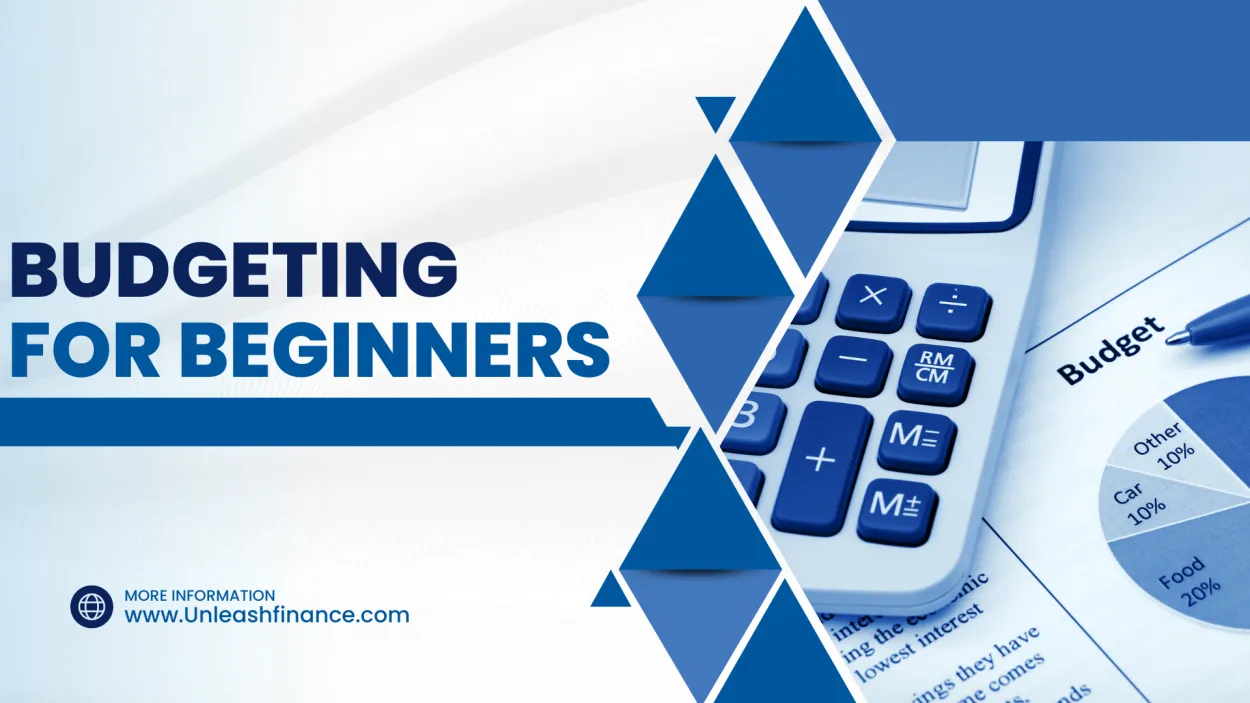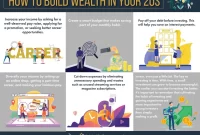Welcome to “Smart Budgeting for Beginners: A Step-by-Step Guide.” In this article, we will walk you through the essential steps of budgeting and provide valuable tips to help you manage your finances effectively. Whether you are new to budgeting or looking to improve your financial planning skills, this guide is here to help you achieve your goals.
Understanding your income and expenses
In order to effectively manage your finances, it is crucial to have a clear understanding of your income and expenses. This knowledge is the foundation of smart budgeting and will help you make informed financial decisions. Here is a step-by-step guide to help you get started:
1. Calculate your total income
The first step is to understand how much money you earn each month. Calculate your total income by adding up all sources such as your salary, freelance work, rental income, etc.
2. Track your expenses
Make a list of all your expenses, including both fixed costs (rent, bills, loan payments) and variable costs (groceries, entertainment, transportation). Be thorough and track your expenses for a few months to get an accurate picture.
3. Categorize your expenses
Organize your expenses into categories to get a better understanding of where your money is going. Common categories include housing, transportation, food, utilities, entertainment, and savings.
4. Identify necessary expenses
Determine which expenses are essential and cannot be eliminated. These are your necessary expenses. Examples include rent, utilities, and debt repayments.
5. Analyze discretionary expenses
Look at your discretionary expenses, which are non-essential spending. Identify areas where you can potentially cut back or find more cost-effective alternatives.
6. Create a budget
Based on your income and expenses, create a budget that allocates funds to each category. Be realistic and prioritize your necessary expenses.
7. Track and adjust
Continuously track your expenses and compare them to your budget. Make adjustments as necessary to ensure you are staying on track and meeting your financial goals.
By understanding your income and expenses, you can gain better control over your finances and make smarter financial decisions. Budgeting is an ongoing process, so remember to regularly assess your budget and make adjustments as needed.
Setting Financial Goals
Setting financial goals is an essential step towards achieving financial stability and success. It provides you with a clear direction and motivates you to make smart budgeting choices. Whether you are just starting your financial journey or looking to improve your current financial situation, here are some key points to consider when setting financial goals:
1. Identify your short-term and long-term objectives
Start by defining your financial aspirations. Do you want to save for a down payment on a house? Pay off your student loans? Build an emergency fund? Setting both short-term and long-term objectives will help you stay focused and financially disciplined.
2. Make your goals specific and measurable
Avoid vague goals like “save more money.” Instead, be specific about the amount you intend to save or the debt you want to pay off. Set specific targets and timelines to track your progress effectively.
3. Prioritize your goals
It’s important to determine which goals are most important to you. Prioritize your financial goals based on urgency, importance, and personal preference. This will help you allocate your resources and make informed financial decisions.
4. Break down your goals into actionable steps
Breaking down your goals into smaller, manageable tasks will make them less overwhelming and easier to achieve. Create a step-by-step plan that outlines the actions required to reach each goal.
5. Set realistic and attainable goals
Avoid setting goals that are too ambitious or unrealistic, as it can lead to frustration and disappointment. Consider your income, expenses, and current financial situation when setting your goals. They should stretch you but still be within reach.
6. Track your progress regularly
Stay accountable to your goals by monitoring your progress regularly. Keep track of your income, expenses, savings, and debts to ensure you are on the right track. Adjust your plan if necessary to stay aligned with your goals.
7. Celebrate milestones
When you achieve a milestone or reach a crucial point in your financial journey, take the time to celebrate your achievements. Celebrating small victories will keep you motivated and reinforce positive financial habits.
By setting clear financial goals, you are empowering yourself to take control of your financial future. Remember, every step you take, no matter how small, brings you closer to financial freedom and peace of mind.
Creating a Monthly Budget
Smart budgeting is essential for beginners who want to take control of their finances. By creating a monthly budget, you can easily track your income and expenses, ensuring that you’re living within your means and saving for the future. Here is a step-by-step guide to help you get started:
1. Calculate Your Income
The first step in creating a monthly budget is to determine your total income. This includes your salary, any additional sources of income, and monetary gifts or bonuses you receive. Make sure to consider both fixed and variable income.
2. List Your Expenses
Make a comprehensive list of all your expenses. Categorize them into fixed expenses (e.g., rent, utilities, loan payments) and variable expenses (e.g., groceries, transportation, entertainment). Be thorough and precise in your assessment.
3. Set Financial Goals
Define your short-term and long-term financial goals. Whether it’s saving for an emergency fund, paying off debt, or planning for a vacation, having specific goals will help you prioritize your expenses and make informed financial decisions.
4. Allocate Your Income
Now, it’s time to allocate your income to cover your various expenses and achieve your financial goals. Start with your fixed expenses and make sure to set aside money for savings. Then distribute the remaining funds across your variable expenses, keeping in mind your priorities.
5. Track and Adjust
Regularly monitor your spending to ensure that you’re sticking to your budget. Use personal finance apps, spreadsheets, or budgeting tools to track your expenses. If necessary, make adjustments to your budget to accommodate unexpected expenses or changes in income.
6. Seek Ways to Save
Look for opportunities to reduce your expenses and increase your savings. Consider cutting back on non-essential items, finding ways to lower your bills, or exploring alternative options for services you regularly use. Small changes can make a big difference in the long run.
7. Stay Committed
Budgeting requires discipline and commitment. Stay focused on your financial goals and remind yourself of the benefits of smart budgeting. Celebrate your progress along the way while staying motivated to stick to your budget.
By following these steps, you can create a monthly budget that will help you take control of your finances and work towards a more secure financial future.
Tracking your expenses
One crucial aspect of smart budgeting is tracking your expenses. By monitoring where your money goes, you can gain better control over your finances and make informed decisions about your spending habits. Here are some steps to help you track your expenses effectively:
-
Start by creating a budget
Before you can track your expenses, you need to have a budget in place. This will serve as your financial roadmap, outlining your income, fixed costs, and savings goals.
-
Use technology to your advantage
Embrace the convenience of technology by utilizing budgeting apps and tools. Many apps can sync with your bank accounts and credit cards, automatically categorize expenses, and provide detailed reports.
-
Record all expenses
Make it a habit to record every expense, no matter how small. This includes both cash and card transactions. Keep a notebook, use a dedicated app, or save receipts to ensure you have an accurate record.
-
Categorize your expenses
Group your expenses into categories like groceries, transportation, utilities, entertainment, etc. This step will allow you to analyze your spending patterns and identify areas where you can cut back.
-
Review and analyze your spending
Regularly review your expenses to see if they align with your budget. Identify any unnecessary or impulsive purchases and find ways to reduce them. Look for trends and patterns that can guide your future spending decisions.
By diligently tracking your expenses, you’ll have a clearer understanding of your financial situation. This knowledge will empower you to make smarter choices, achieve your savings goals, and avoid unnecessary debt.
Conclusion
In conclusion, smart budgeting is an essential skill for beginners to achieve financial stability. By following these step-by-step guidelines, individuals can effectively manage their income, expenses, prioritize savings, and avoid unnecessary debt. With discipline and consistency, anyone can become proficient in budgeting and take control of their financial future.




